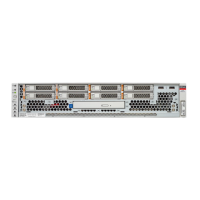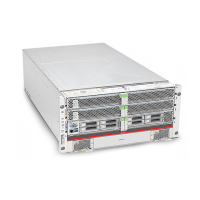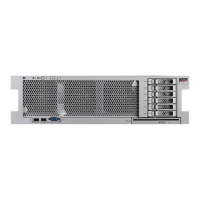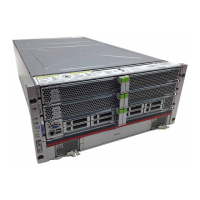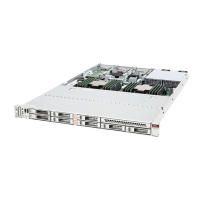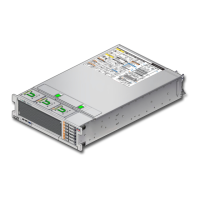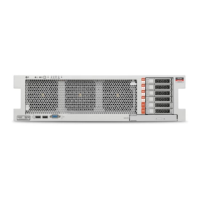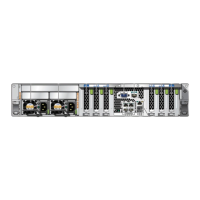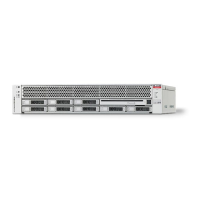Detecting and Managing Faults 45
■ If no fault is reported, you do not need to do anything else. Do not perform the
subsequent steps.
■ If a fault is reported, continue to Step 3.
3. Clear the fault from all persistent fault records.
In some cases, even though the fault is cleared, some persistent fault information
remains and results in erroneous fault messages at boot time. To ensure that these
messages are not displayed, type the following Oracle Solaris command:
For the EVENT-ID in the example shown in Step 2, type:
4. Use the Oracle ILOM clear_fault_action property of the FRU to clear the
fault.
Related Information
■ “PSH Overview” on page 41
■ “Clear PSH-Detected Faults” on page 44
Managing Components (ASR)
These topics explain the role played by ASR and how to manage the components that
ASR controls.
■ “ASR Overview” on page 46
■ “Display System Components” on page 47
■ “Disable System Components” on page 48
■ “Enable System Components” on page 49
Action : Schedule a repair procedure to replace the affected resource, the
identity of which can be determined using ’fmadm faulty’.
# fmadm repair EVENT-ID
# fmadm repair 21a8b59e-89ff-692a-c4bc-f4c5cccca8c8
-> set /SYS/MB clear_fault_action=True
Are you sure you want to clear /SYS/MB (y/n)? y
set ’clear_fault_action’ to ’true
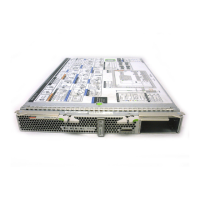
